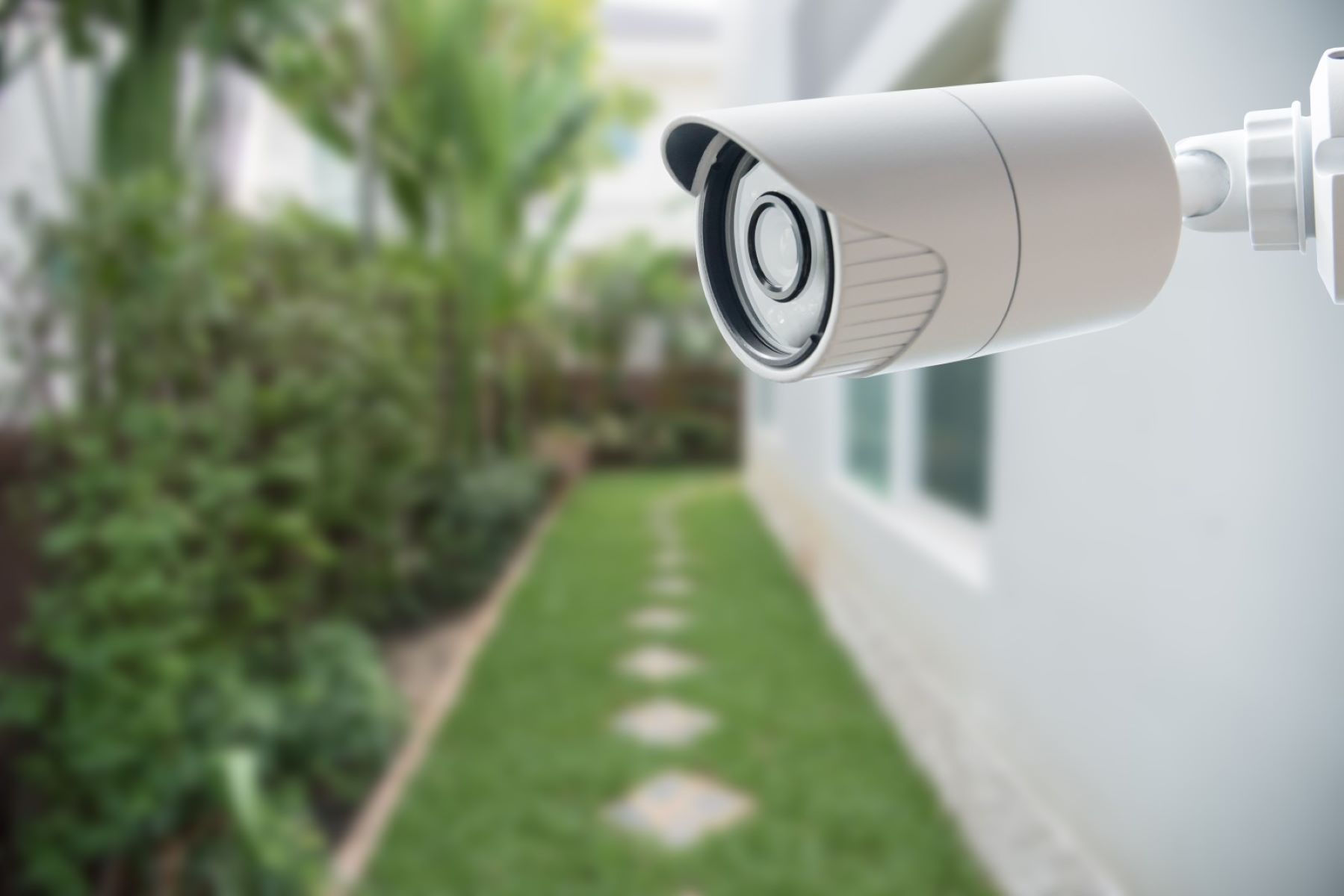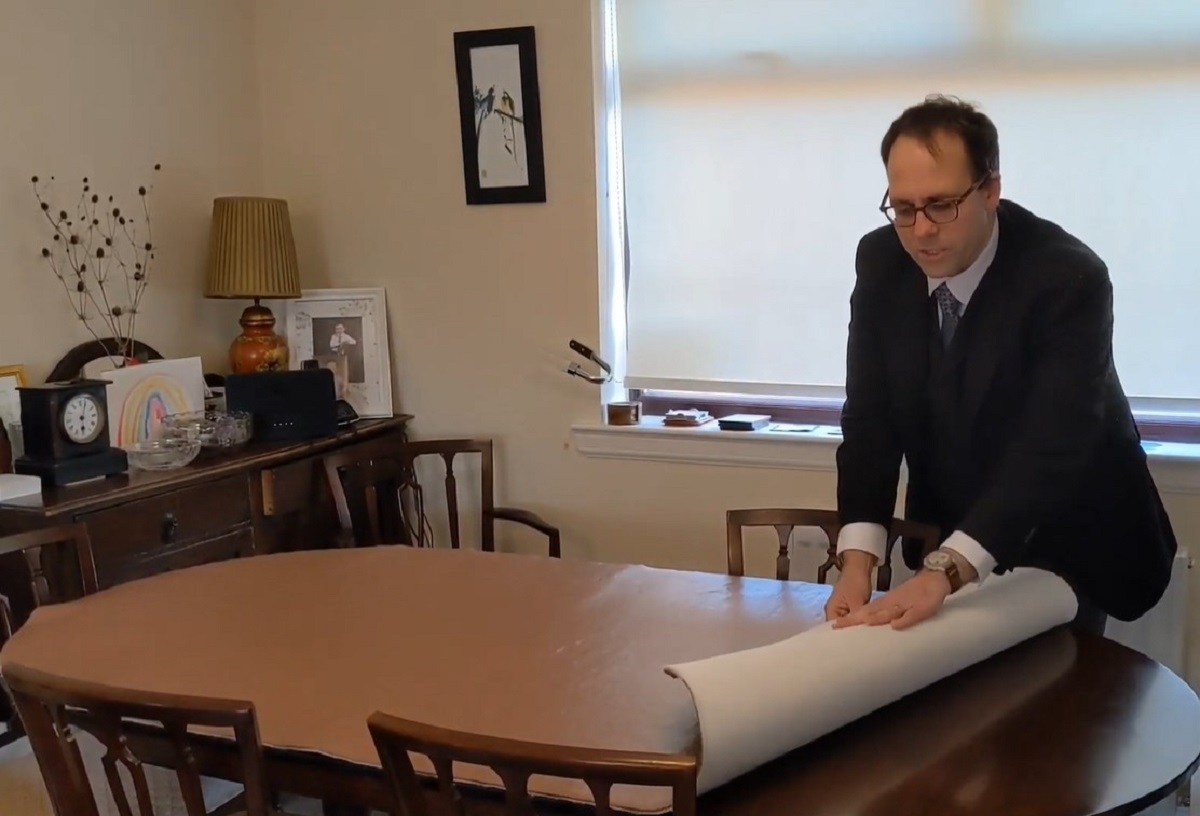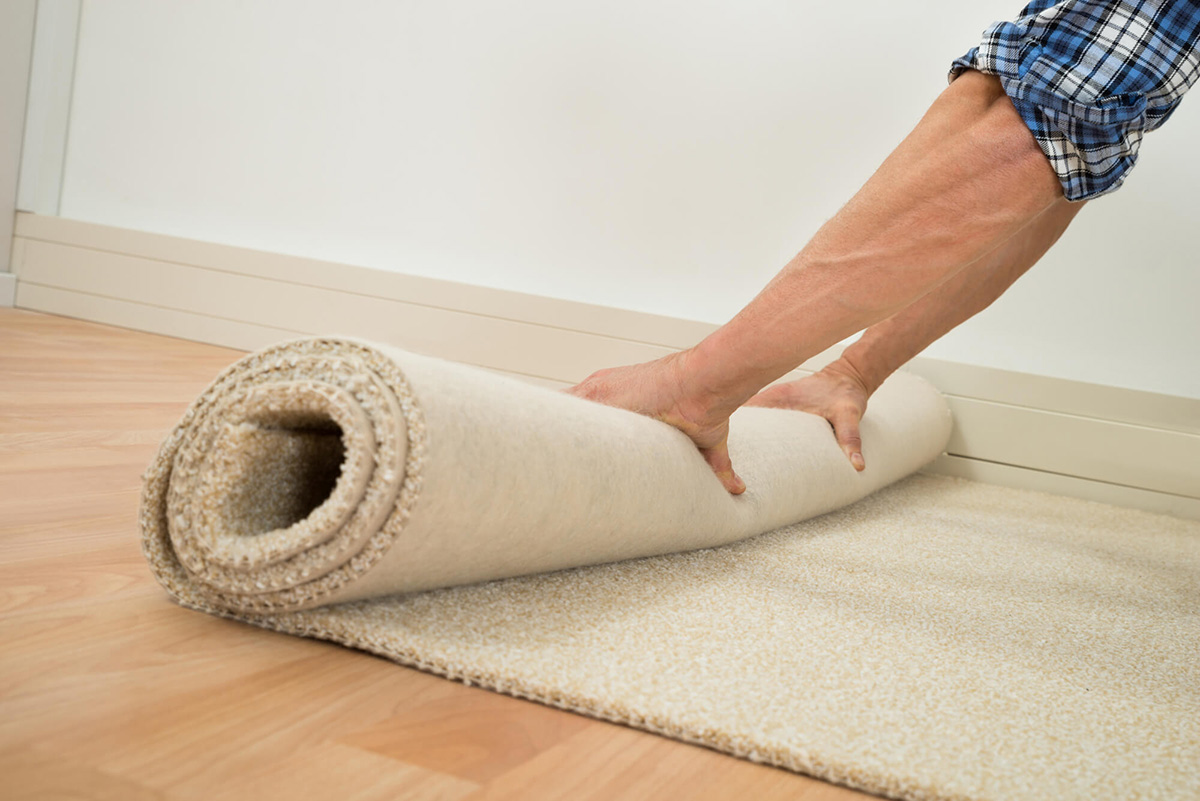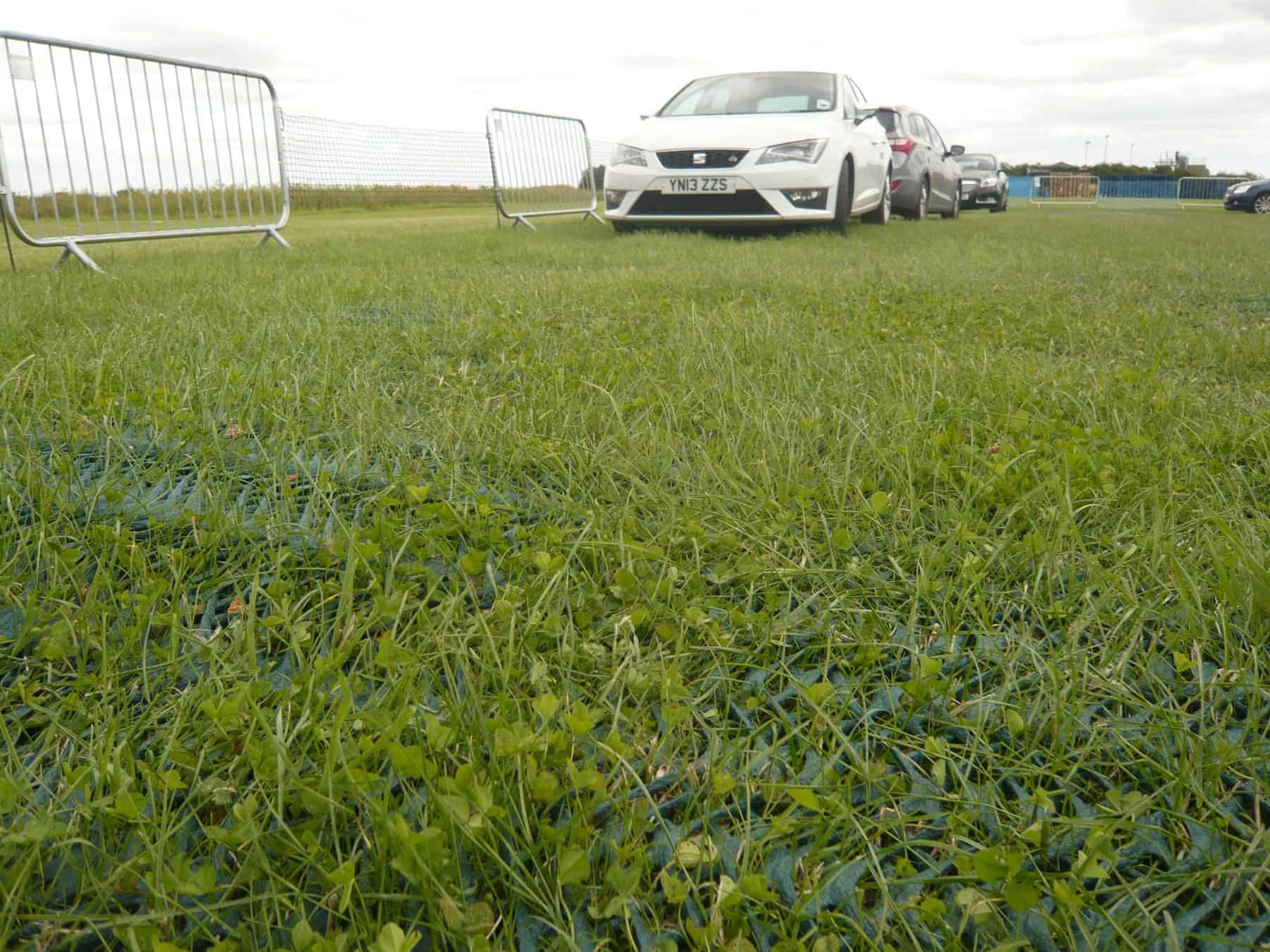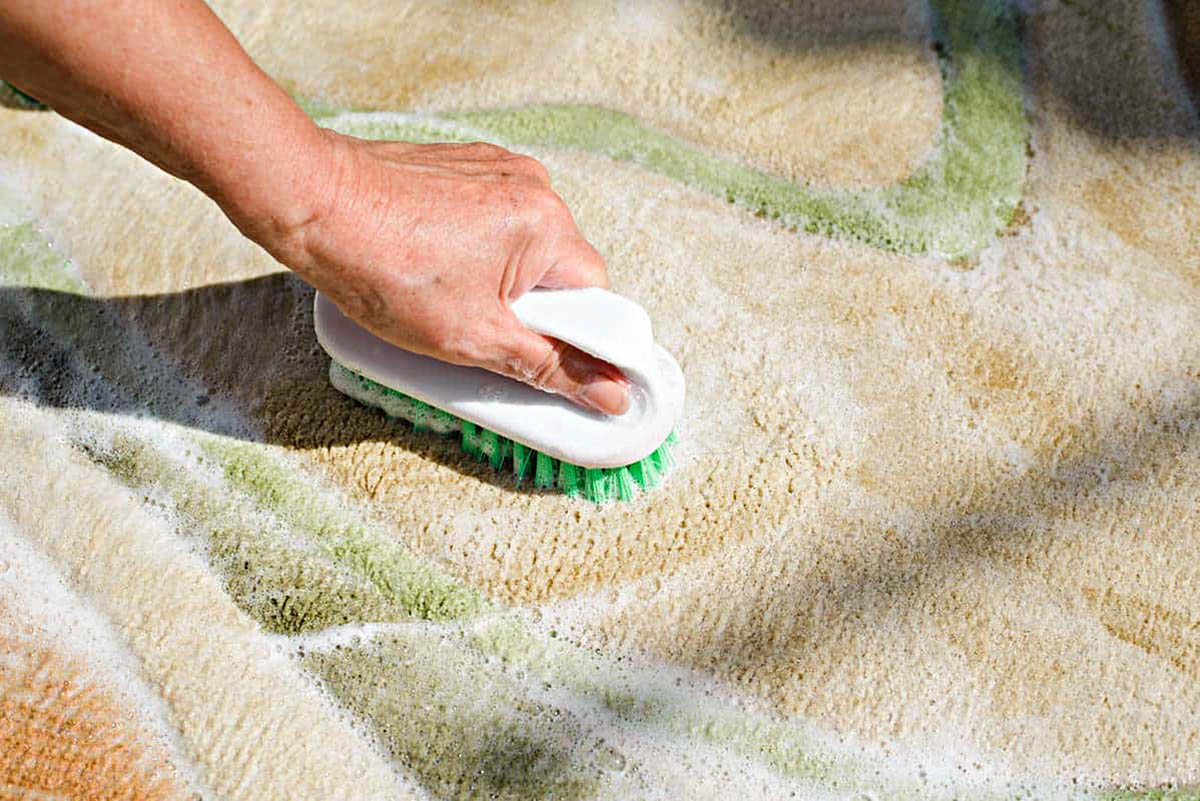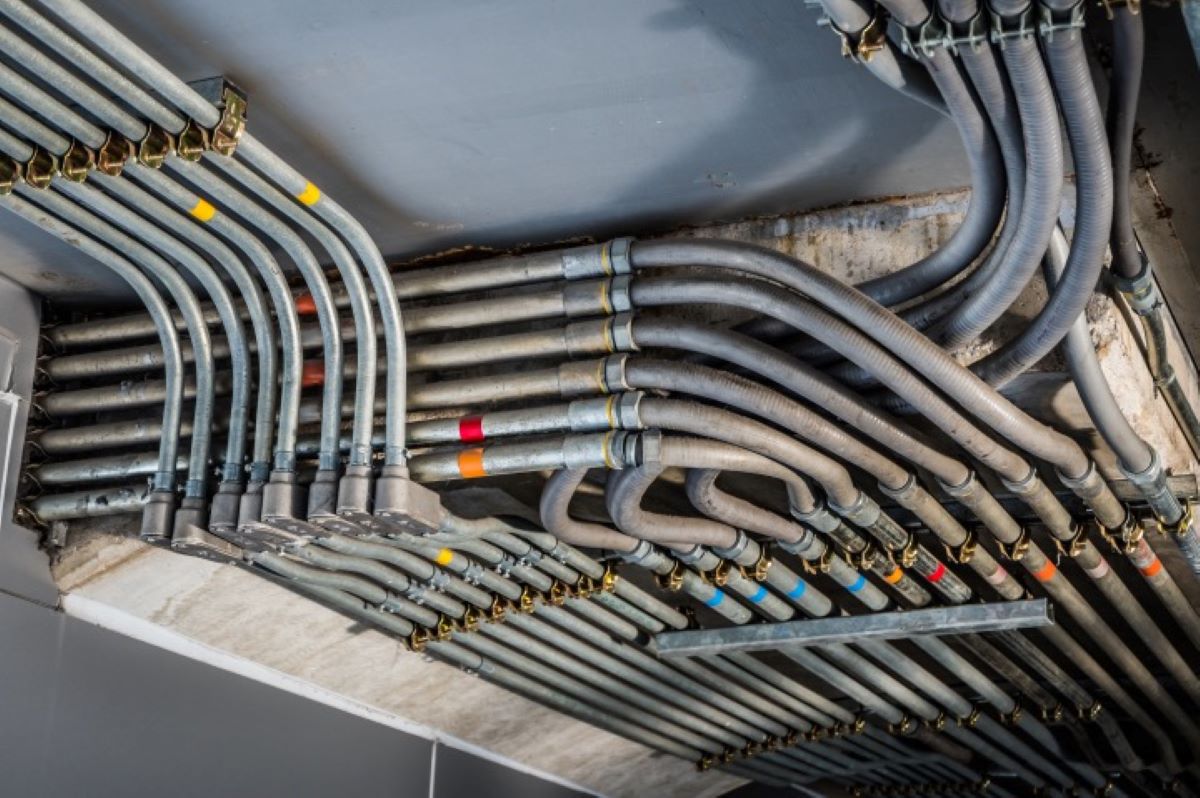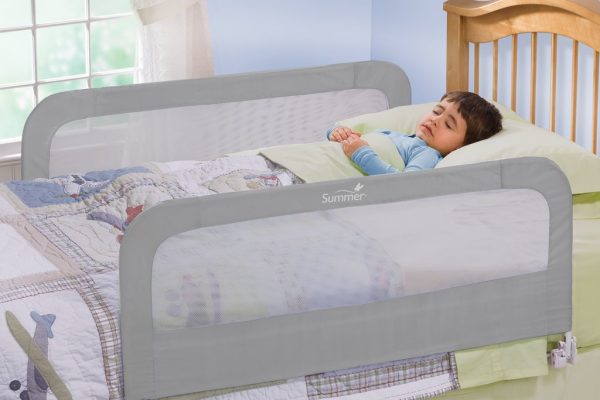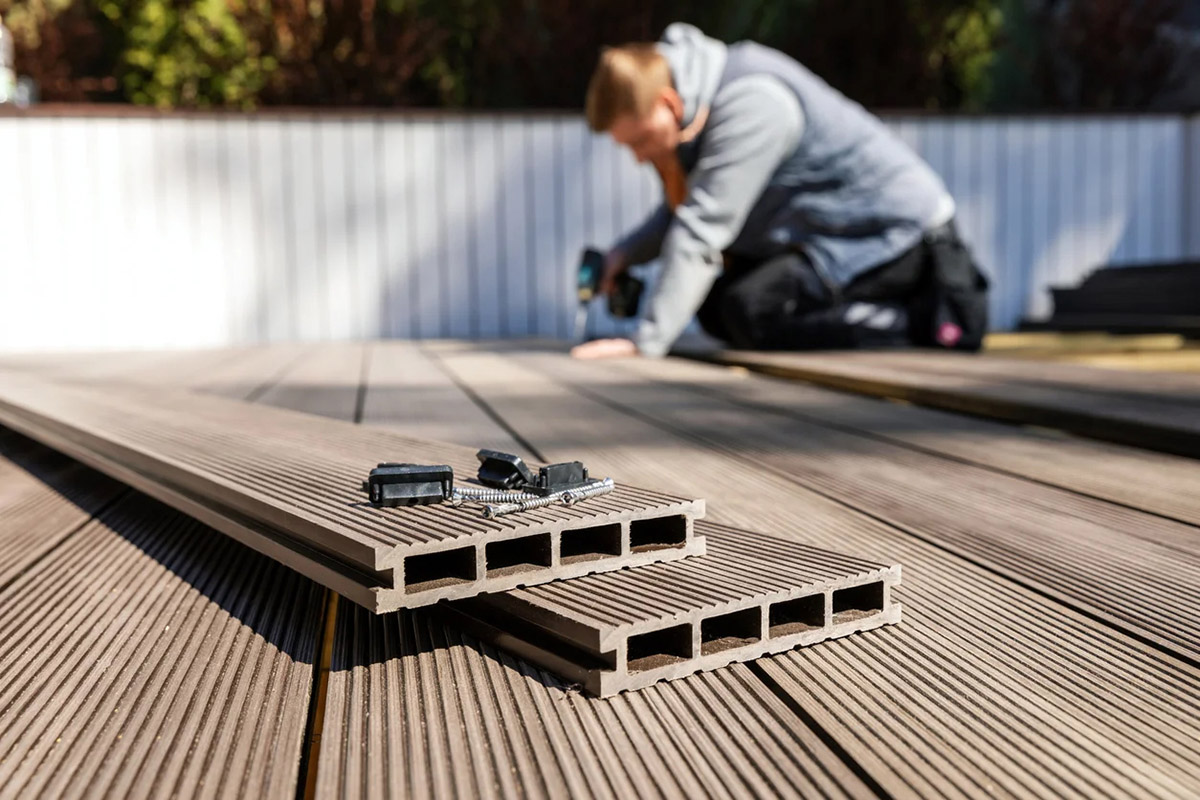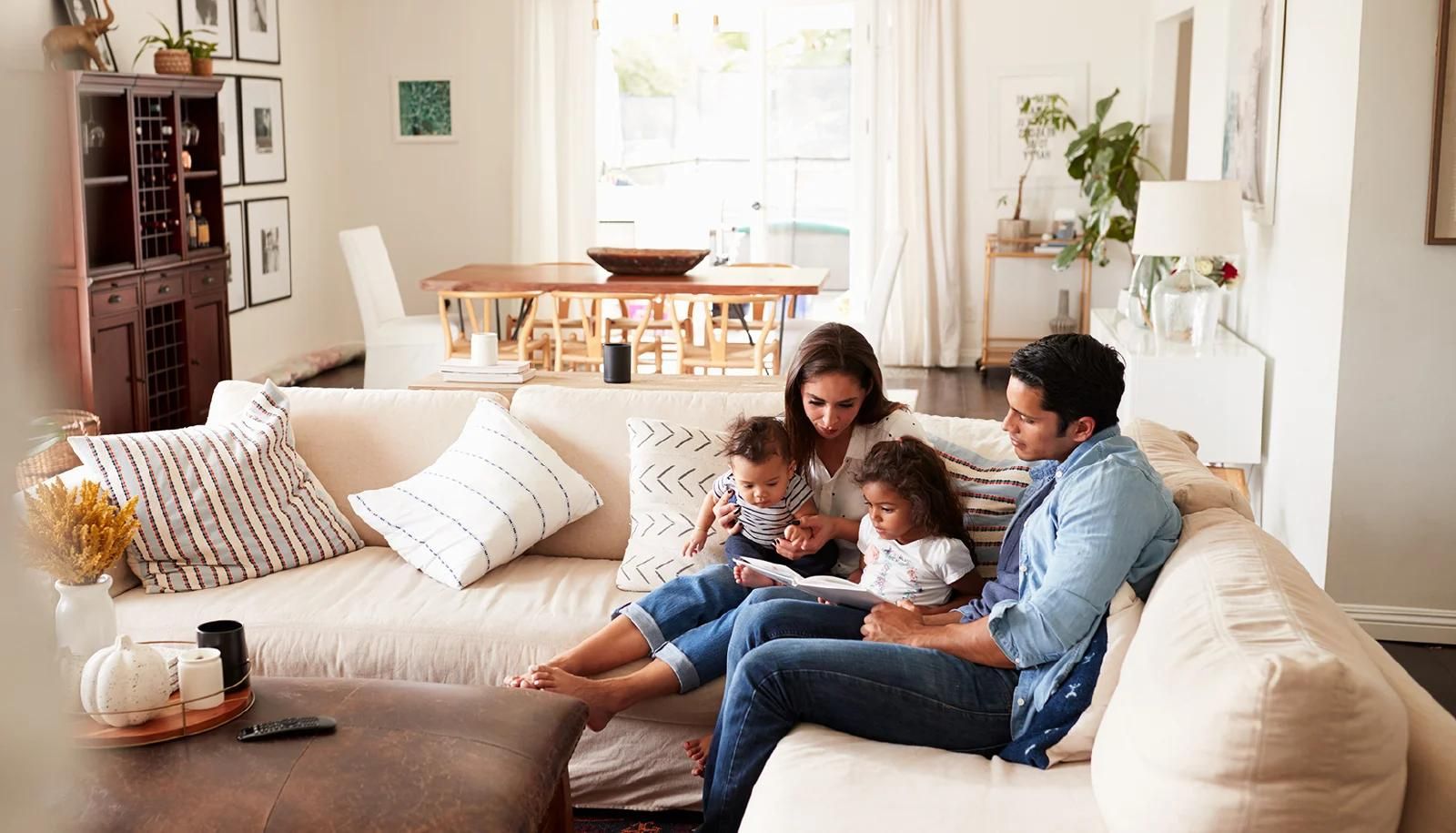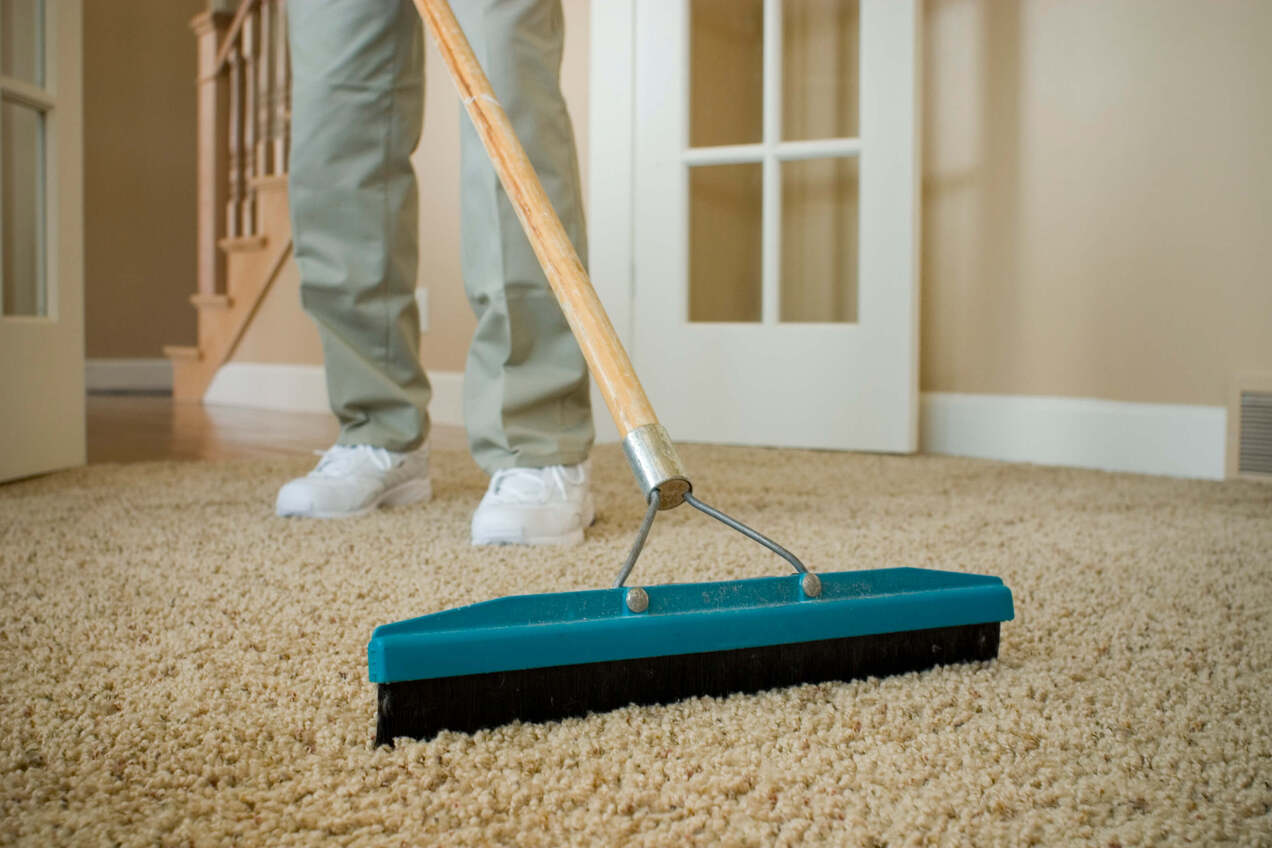

Articles
How To Protect Your Carpet
Modified: January 19, 2024
Discover effective articles for protecting your carpet and keeping it in pristine condition. Learn expert tips and tricks to prolong the life of your carpet.
(Many of the links in this article redirect to a specific reviewed product. Your purchase of these products through affiliate links helps to generate commission for Storables.com, at no extra cost. Learn more)
Introduction
Having a beautiful and well-maintained carpet can greatly enhance the overall appearance and comfort of your home. However, carpets are also susceptible to dirt, stains, and wear and tear over time. In order to protect your investment and ensure its longevity, it’s important to implement proper care and maintenance practices.
In this article, we will explore a variety of strategies to help you protect your carpet and keep it looking fresh and vibrant for years to come. From regular vacuuming to professional carpet cleaning, these tips and techniques will help you maintain the beauty and durability of your carpet.
Key Takeaways:
- Regular vacuuming and immediate stain removal are essential for protecting your carpet from dirt and permanent stains. These simple practices can maintain the appearance and longevity of your investment.
- Implementing a “no shoes” policy, using rugs and mats, and avoiding heavy furniture placement can significantly minimize wear and tear on your carpet. These protective measures preserve its beauty and extend its lifespan.
Read more: How To Protect Carpeted Stairs
Regular Vacuuming
A key component of carpet maintenance is regular vacuuming. By vacuuming your carpet at least once a week, you can remove loose dirt, dust, and debris that can accumulate and cause damage over time. It’s important to use a high-quality vacuum cleaner with strong suction power and a rotating brush to effectively lift and remove dirt from the carpet fibers.
When vacuuming, be sure to cover the entire carpeted area, including hard-to-reach corners and edges. Don’t rush through the process; take your time and make multiple passes to ensure thorough cleaning. Additionally, consider using attachments and accessories provided with your vacuum cleaner to clean upholstered furniture and drapes effectively.
Remember to clean or replace your vacuum cleaner’s filter regularly to maintain optimal performance. A clogged or dirty filter can reduce suction power and leave behind dirt and allergens on your carpet. To prevent odors, consider sprinkling baking soda on your carpet before vacuuming. Baking soda not only absorbs odors but also acts as a natural deodorizer.
If your carpet is in a high-traffic area or prone to pet hair and dander, you may need to vacuum more frequently. Regular vacuuming not only helps eliminate dirt but also prevents it from settling deep into the carpet fibers, making it harder to remove.
Immediate Stain Removal
Accidents happen, and when a stain occurs on your carpet, it’s important to act quickly to prevent it from setting and becoming a permanent blemish. Immediate stain removal is crucial to maintaining the appearance of your carpet. The longer a stain sits, the more difficult it becomes to remove.
The first step in stain removal is to blot the stain with a clean cloth or paper towel to absorb as much of the liquid as possible. Avoid rubbing or scrubbing the stain, as this can push it deeper into the carpet fibers and spread it to a larger area.
Next, apply a stain remover or cleaning solution specifically designed for carpets. Follow the instructions on the product carefully and test it on a small, inconspicuous area of the carpet first to ensure it doesn’t cause any discoloration or damage.
Gently blot the stain with the cleaning solution, starting from the outside and working your way inward. Avoid excessive soaking, as this can cause the stain to spread. Allow the solution to sit for the recommended time, then blot with a clean cloth to remove the stain and cleaning solution residue. Rinse the area with clean water and blot dry.
For specific types of stains, such as red wine, coffee, or pet urine, there are specialized stain removal techniques and products available. It’s important to address these stains promptly to prevent them from leaving a lasting mark on your carpet.
If you’re dealing with a stubborn or set-in stain that won’t come out with DIY methods, it’s best to seek professional help. Carpet cleaning professionals have the expertise and specialized equipment to effectively remove tough stains without causing damage to your carpet.
Use Carpet Protection Products
To provide an added layer of defense, consider using carpet protection products. Carpet protectors, such as spray-on treatments or carpet protectant films, create a barrier on the carpet surface, making it more resistant to stains, spills, and dirt.
Spray-on carpet protectors are typically water-based solutions that can be applied directly to the carpet. These products work by creating a protective shield that repels liquids and prevents them from penetrating the carpet fibers. When spills occur, the liquid will bead up on the surface, allowing you to easily blot it away before it has a chance to cause a stain.
Another type of carpet protection product is the carpet protectant film. These adhesive films are applied to high-traffic areas or areas prone to spills and stains, such as hallways or dining areas. The film acts as a barrier, preventing dirt and liquids from reaching the carpet fibers. When the film becomes dirty or worn, it can be easily removed and replaced.
When using carpet protection products, it’s important to follow the manufacturer’s instructions carefully. Ensure that the product is suitable for your specific type of carpet and perform a patch test in an inconspicuous area to check for any adverse reactions. Regular reapplication may be necessary to maintain the protective barrier.
Keep in mind that carpet protection products are not foolproof and don’t make your carpet completely immune to stains or wear. However, they can significantly prolong the life and appearance of your carpet by reducing the likelihood of permanent stains and minimizing damage from spills and accidents.
Keep Shoes Off
One simple yet effective way to protect your carpet is to establish a “no shoes” policy inside your home. Shoes can track in dirt, debris, and outdoor pollutants, which can harm your carpet fibers and lead to discoloration and wear over time.
Encourage family members and guests to remove their shoes before entering your home. Provide a designated area near the entrance, such as a shoe rack or basket, where shoes can be conveniently stored. You can also provide slippers or indoor shoes for guests to wear, ensuring that their feet are clean and minimizing the amount of dirt brought into your living space.
In addition to keeping your carpet clean, implementing a “no shoes” policy can also improve indoor air quality. Shoes can carry allergens, bacteria, and other contaminants from the outdoors, which can be released into the air and affect the respiratory health of your household members.
To maintain the longevity and cleanliness of your carpet, it’s also important to regularly clean the areas near entryways, as these areas are more prone to dirt buildup. Vacuuming or sweeping these areas frequently will help remove any loose dirt or debris that may accumulate.
By keeping shoes off and adopting a barefoot or sock-only policy indoors, you can significantly reduce the amount of dirt and potential damage to your carpet. This simple practice will help extend the lifespan and maintain the appearance of your carpet for years to come.
Read more: How To Protect A Carpet In Dining Room
Use Rugs and Mats
Another effective way to protect your carpet is to strategically place rugs and mats in high-traffic areas of your home. Rugs and mats act as a barrier between your carpet and the outside world, absorbing dirt, moisture, and debris before they reach your carpet fibers.
In entryways and hallways, consider using durable and absorbent mats to capture dirt and moisture from shoes. These mats can help prevent dirt from being tracked onto your carpet, reducing the need for constant cleaning and minimizing wear and tear.
Similarly, in areas where spills or accidents are more likely to occur, such as dining rooms or children’s play areas, place protective rugs or mats to safeguard your carpet. These rugs can be easily cleaned or replaced if stains or spills occur, sparing your carpet from potential damage.
When selecting rugs or mats, choose those with non-slip backing to prevent accidents and ensure they stay securely in place. Opt for materials that are easy to clean and maintain, such as machine-washable or stain-resistant options.
In addition to protecting your carpet, rugs and mats can also add style and warmth to your living spaces. They can be used to define different areas within a room, add a pop of color or texture, or create a cozy and inviting atmosphere.
Remember to regularly clean and maintain your rugs and mats to prevent them from becoming a source of dirt or allergens. Vacuum or shake them outside to remove loose dirt, and follow the manufacturer’s instructions for washing or spot-cleaning to keep them fresh and in good condition.
By incorporating rugs and mats in high-traffic areas, you can effectively minimize the wear and tear on your carpet, maintain its cleanliness, and elevate the overall aesthetic appeal of your home.
Place doormats at all entrances to your home to prevent dirt and debris from being tracked onto your carpet. This will help protect your carpet and reduce the need for frequent cleaning.
Avoid Sunlight Exposure
While sunlight can brighten a room and add warmth, it can also cause damage to your carpet over time. UV rays from the sun can fade and discolor carpet fibers, leaving unsightly spots and patches. To protect your carpet from sunlight exposure, it’s important to take a few preventive measures.
One way to minimize sunlight damage is to close blinds, curtains, or shades during the brightest part of the day when the sun’s rays are the strongest. This can help reduce the amount of direct sunlight that reaches your carpet, thus minimizing the risk of fading and discoloration.
If you prefer natural light and don’t want to keep your windows covered, consider installing UV-protective window films or using window treatments specifically designed to block harmful UV rays. These options allow you to enjoy the benefits of sunlight while safeguarding your carpet and other furnishings from its damaging effects.
In areas where direct sunlight is unavoidable, such as near large windows or glass doors, you can opt for fade-resistant carpeting. These carpets are specifically designed to be more resistant to sun fading and retain their original color for longer periods.
Another effective way to protect your carpet from fading is to use area rugs or furniture to block sunlight exposure. These objects can act as a barrier, shielding your carpet from direct sunlight and preventing uneven fading or discoloration.
Regularly rotating furniture and area rugs can also help distribute sunlight exposure more evenly across the carpet. This prevents excessive fading in certain areas and ensures a more consistent color throughout your carpet.
By being mindful of sunlight exposure and taking preventative measures, you can extend the life and maintain the vibrant color of your carpet. Avoiding unnecessary fading and discoloration will help keep your carpet looking fresh and new for years to come.
Schedule Professional Carpet Cleaning
While regular vacuuming and spot cleaning can help maintain the cleanliness of your carpet, it’s important to schedule professional carpet cleaning on a regular basis. Professional carpet cleaning offers a deeper and more thorough clean, removing embedded dirt, allergens, and stains that regular vacuuming may not be able to tackle.
Professional carpet cleaning utilizes specialized equipment and techniques to deep clean your carpet fibers. There are several methods commonly used for professional carpet cleaning, including hot water extraction (also known as steam cleaning), dry cleaning, and encapsulation.
Hot water extraction is one of the most effective methods, as it involves injecting hot water and a cleaning solution into the carpet, then extracting it along with the dirt and debris. This method thoroughly cleans the carpet and helps eliminate allergens and bacteria.
Dry cleaning, on the other hand, involves the use of dry chemical compounds or foams that are applied to the carpet and then vacuumed away. This method is effective for quick cleaning and drying, making it a preferred choice in certain situations.
Encapsulation is a newer and increasingly popular method that involves the use of specialized cleaning agents that encapsulate dirt particles, which are then easily vacuumed away. This method provides excellent cleaning results and leaves behind no residue.
It is recommended to have your carpets professionally cleaned at least once or twice a year, depending on the level of foot traffic and other factors. However, if you have pets, allergies, or young children, more frequent cleanings may be necessary.
Professional carpet cleaning not only removes dirt and stains but also helps extend the life of your carpet. By deep cleaning and refreshing the fibers, it can restore the appearance and softness of your carpet, making it look and feel like new.
When hiring a professional carpet cleaning service, be sure to choose a reputable company with trained technicians and state-of-the-art equipment. Check for certifications and ask about the cleaning products and methods used to ensure they are safe for your carpet and your household members.
By scheduling regular professional carpet cleanings, you can effectively remove deep-seated dirt, allergens, and stains, rejuvenating your carpet and enhancing the overall cleanliness and indoor air quality of your home.
Handle Spills and Accidents Promptly
Spills and accidents are bound to happen, especially in areas with high foot traffic or where children and pets are present. It’s important to address these incidents promptly to minimize potential damage to your carpet.
When a spill occurs, the first step is to act quickly. Grab a clean cloth or paper towel and blot the spill gently to absorb as much liquid as possible. Avoid rubbing or scrubbing, as this can push the liquid deeper into the carpet fibers and spread the stain.
If the spill involves a solid substance, use a spoon or a dull knife to carefully scoop it up. Be cautious not to spread the substance or grind it further into the carpet.
Once you have absorbed the liquid or removed any solid debris, mix a mild carpet cleaning solution with water, following the manufacturer’s instructions. Test the solution on an inconspicuous area of the carpet to ensure it doesn’t cause any discoloration or damage.
Gently blot the affected area with the cleaning solution, starting from the outside and working your way inward. Again, avoid scrubbing or rubbing aggressively. Continue blotting until the stain is lifted, then rinse the area with clean water and blot dry.
For stubborn or difficult stains, it may be necessary to repeat the process or seek professional assistance. Some stains, such as red wine or ink, may require specialized stain removal treatments.
It’s important to note that using harsh or abrasive cleaning products can damage your carpet fibers. Avoid using bleach, ammonia, or strong solvents, as these can cause discoloration or weaken the carpet fibers.
Additionally, avoid excessive moisture when cleaning your carpet, as this can lead to mold and mildew growth. Use a minimal amount of water and ensure that the carpet dries thoroughly after cleaning.
By addressing spills and accidents promptly, you can prevent stains from setting and minimize the risk of permanent damage to your carpet. Regular cleaning and prompt stain removal will help keep your carpet looking fresh and clean for years to come.
Read more: How To Protect A Carpet From Stains
Avoid Heavy Furniture Placement
When it comes to protecting your carpet, the placement of heavy furniture is a factor that shouldn’t be overlooked. Large and heavy pieces of furniture can exert excessive pressure on your carpet, causing indentations, flattening, and even permanent damage to the fibers.
To prevent these issues, it’s important to be mindful of how you position and move your furniture on your carpeted areas. Here are some tips to keep in mind:
1. Use furniture coasters or pads: Place coasters or pads underneath the feet or legs of heavy furniture to distribute the weight more evenly and reduce the pressure on your carpet. This can help minimize indentations and potential fiber damage.
2. Move furniture regularly: Occasionally moving your furniture even just a few inches can help prevent the formation of permanent indentations. This can be done by rearranging the layout of your room or using furniture sliders to make shifting easier.
3. Use area rugs or carpet protectors: Placing rugs or carpet protectors underneath heavy furniture can provide an additional layer of protection. These materials help distribute the weight and reduce the impact on your carpet.
4. Lift instead of dragging: When moving furniture, avoid dragging it across the carpet. This can cause friction and damage the carpet fibers. Instead, enlist the help of others to lift the furniture and place it in its new position.
5. Rotate furniture: Rotating furniture periodically can help distribute the weight evenly and prevent excessive wear on specific areas of your carpet. This is especially important if you have frequently used seating areas or heavy pieces that remain in one place for extended periods.
In addition to preventing physical damage, avoiding heavy furniture placement can also help maintain the appearance of your carpet. Indentations and flattening can make your carpet look worn and aged, detracting from its overall beauty.
By implementing these strategies, you can preserve the quality and lifespan of your carpet, preventing unnecessary damage and keeping it looking fresh and well-maintained.
Conclusion
Protecting your carpet is essential for maintaining its appearance, cleanliness, and longevity. By implementing a few simple strategies and incorporating regular maintenance practices, you can ensure that your carpet remains in excellent condition for years to come.
Regular vacuuming is the first line of defense against dirt and debris, while immediate stain removal is crucial to preventing permanent stains from setting. Using carpet protection products, such as sprays or films, creates a barrier against stains and spills. Additionally, adopting a “no shoes” policy and using rugs and mats in high-traffic areas help minimize wear and tear on your carpet.
Avoiding sunlight exposure can prevent fading and discoloration, while scheduling professional carpet cleaning on a regular basis helps deep clean and rejuvenate your carpet fibers. Handling spills and accidents promptly is vital to prevent stains from becoming permanent, and being cautious with heavy furniture placement can prevent damage and indentations on your carpet.
By integrating these protective measures into your carpet maintenance routine, you can preserve the beauty, comfort, and durability of your carpet. Not only will this enhance the overall aesthetics of your home, but it will also contribute to a healthier living environment for you and your family.
Remember, proper carpet maintenance is an ongoing process that requires consistent effort and care. By investing time and attention into protecting your carpet, you can enjoy its beauty and comfort for many years to come.
Frequently Asked Questions about How To Protect Your Carpet
Was this page helpful?
At Storables.com, we guarantee accurate and reliable information. Our content, validated by Expert Board Contributors, is crafted following stringent Editorial Policies. We're committed to providing you with well-researched, expert-backed insights for all your informational needs.
